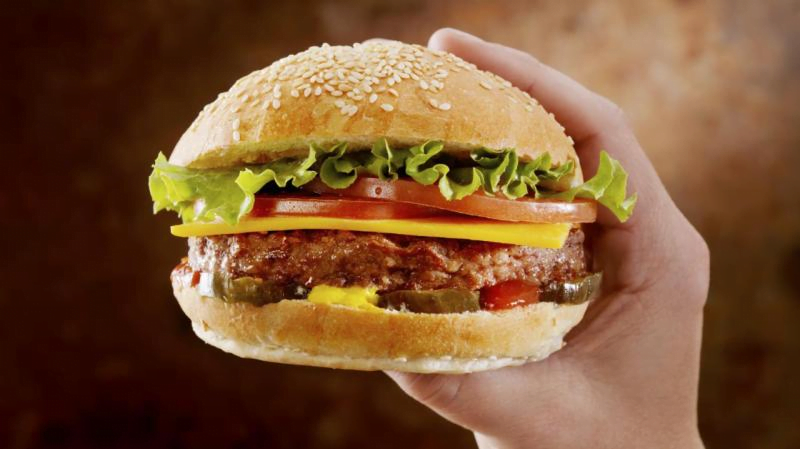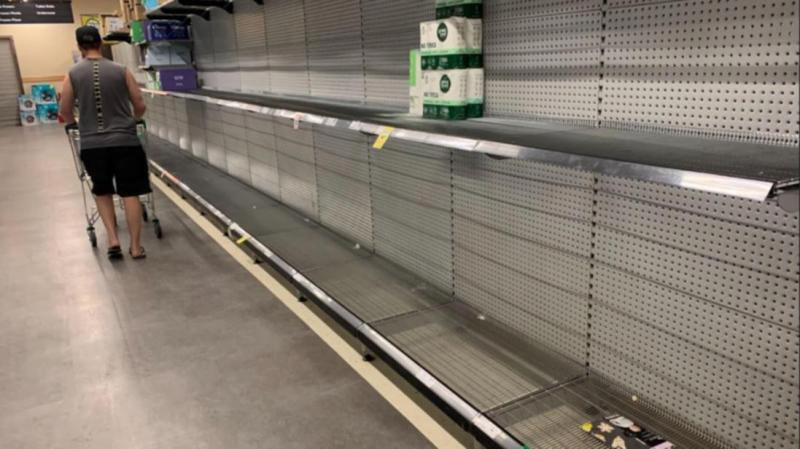Key points:
- Broccoli and other vegetables have increased in price by 75 per cent in some supermarkets
- Red meat and chicken prices could also rise again soon
- Retailers say increases in the cost of raw materials, energy price rises and freight costs are all factors
Families can expect to pay more for fresh and frozen food in coming weeks as the war in Ukraine and floods in New South Wales and Queensland continue to put pressure on suppliers.
Ritchies IGA chief executive Fred Harrison said the price of fresh broccoli had jumped to $7 a kilogram and that processors were “battling” to get frozen vegetables into supermarkets.
“Vegetables are very scarce at the moment due to the floods,” he said.
“So we’ve seen cabbages, potatoes and broccoli in particular jump 75 per cent compared to a couple of weeks ago.”
Fruit and vegetable prices are set to remain high for at least six months, Mr Harrison said, with frozen vegetable prices also set to rise.
“Frozen vegetables have not recovered from the pandemic,” he said.
“There’s a major shortage — whether it be McCain Foods or Simplot, suppliers are really battling to get good stock weight to us.
“I’ve got no doubt those suppliers are going to put price increases through the system, but that will take a few months to come through.
“There is going to be a shortage of frozen products in the next couple of months, but it will still be relatively cheaper than buying fresh produce.”
Domino effect
Rabobank has forecast possible red meat price increases due to supermarkets not being able to offset high beef and lamb prices with previously cheaper vegetables.
“We’ve seen beef prices rise quite dramatically over the past few years,” animal proteins analyst Angus Gidley-Baird said.
“To a certain extent retailers and consumers have been able to accommodate these increased prices, but when we see all the other food categories starting to lift consumers may not be willing to spend as much on meat.”
Chicken prices had been “steady”, Mr Gidley-Baird said, but high feed costs due to the war in Ukraine may be factored into the future cost of products.
Consumers could expect regular price increases for other essential grocery items in coming months too, Mr Harrison said, as high fuel prices and other input costs affect the supply chain.
“Aside from meat, fruit and vegetables, which tend to immediately react to price changes, grocery prices can take two to four months to reflect increases,” he said.
“Suppliers will present to supermarkets a justification why there needs to be a price increase considered.
“If approved – in the current circumstances most are being approved – then there’s usually an eight-week period until the price is reflected on supermarket shelves.”
A Woolworths spokesperson said the company had adjusted some retail prices following wholesale cost increases from suppliers.
“The shelf price increase on Coke, Fanta, or red meat is an example of this,” they said.
“We understand value is important to our customers and work hard to ensure our prices remain competitive in the market.”
A Coles spokesperson said there were a number of factors driving inflation for all retailers, including increases in the cost of raw materials, energy price rises and freight costs.
Extracted from ABC


